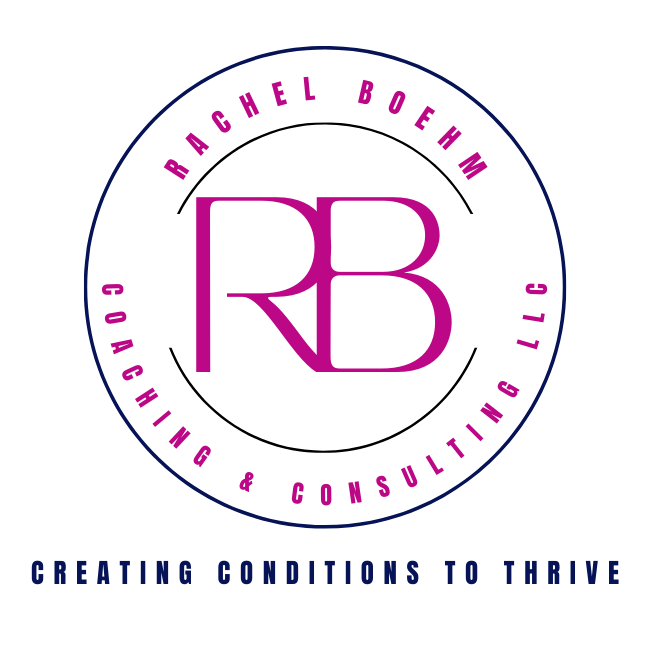How to start an employee well-being program that actually works
Employee well-being is now a critical aspect of modern workplaces. Organizations that are or want to be employers of choice are recognizing the importance of providing their employees with a safe, healthy, and supportive work environment. Not only because it’s the right thing to do but because it makes business sense.
Workplaces that foster high employee well-being perform better in the S&P 500 index, and have higher employee engagement, reduced absenteeism, and increased retention.
Frankly, it’s logical. When people are allowed to be at their best, they are their best personally and professionally. This means their work is their best, which means your customers/clients experience the best, which means your organization performs at its collective best.
Even with the growing popularity of employee well-being programs, many organizations aren’t sure where to start or if their programs are actually working. If you’re looking to implement an employee well-being program, here are a few strategies to consider:
1. What is Employee Well-Being?: There is no single definition. What leaders in this space do agree on, though, is that it is holistic. Most of us believe it includes physical health and safety, mental health and safety, emotional health, financial wellness, contributing and connecting to one’s purpose, occupational/career development, and social wellness (community, a sense of belonging).
2. How is “employee well-being” different from “employee wellness”?: Often these terms are used interchangeably. However, wellness is really an aspect of overall well-being. Wellness is essentially a state of health beyond illness. It can be described as physical wellness, mental wellness, etc. But it is essentially health beyond illness. Well-being is all-encompassing. It is holistic, combining every aspect of wellness to describe a life that is well-lived, or not. Those with high well-being are those who are well in all aspects of health and wellness. Gallup has a nice write-up here.
3. How do I know where to start?: Employee well-being programs won’t work if they are a bunch of “random acts of wellness.” The best thing you can do to start is to survey your employees to find out what they really want and need. Then, determine what you’re already doing that aligns with those wants and needs. Then, determine what remains that you have the resources to invest in. Consider focusing on areas that: decrease chronic stress, which can lead to burnout; foster a sense of belonging, aligning it to your DEIB strategy; and set healthy cultural norms around email use, meetings, and manager-employee relations.
Some of the more common program components include:
• Resources for mental health and wellness: Mental health is a crucial aspect of employee well-being. Employers should provide resources for employees to access mental health services, such as counseling or therapy. They should also promote mental health awareness and reduce the stigma around mental health issues. Employers can address workplace stress by identifying and reducing sources of stress, promoting stress-management techniques, and offering support and resources for employees who are experiencing stress.
• Work-Home balance: achieving a healthy work-home balance is essential to maintaining employee well-being. Employers can promote this by providing flexible work hours, encouraging employees to take time off when needed, and setting realistic expectations for the workload.
• Positive work environments: A positive work environment can improve employee well-being by reducing stress and promoting a sense of community. Employers can foster a positive work environment by promoting teamwork, recognizing employee achievements, and providing opportunities for growth and development.
• Fitness and nutrition-related resources: Resources in this area can encourage employees to maintain a healthy lifestyle and reduce the risk of chronic health problems. Think lunch and learns, fitness classes, healthy food options, time off for doctor’s appointments, and policies on healthy snacks for meetings.
4. How do I know it’s working?: In the early days, the metric most often used was healthcare costs. However, there are too many variables to make that a sound metric. Consider instead measuring retention, customer service, and performance. Also, consider value on investment (VOI) such as morale. You can use employee and customer surveys to track the trends.
Finally, remember that this isn’t the “Field of Dreams”, you can’t build it and expect people to come. You have to market it. Use your internal marketing team, if you have one, to get the word out about all your organization offers. Consider multiple types of communications (posters, emails, letters, etc.) and highlight leaders who are using these programs so that every employee feels comfortable using them.
By promoting employee well-being, employers can create a supportive work environment that leads to increased productivity, higher employee engagement, better customer/client service, and reduced absenteeism. Employers can promote employee well-being by providing resources for the entire person, from physical to financial. Ultimately, your organization is only as good as your employee well-being program.


